
An elderly bank manager named Norman Poole died in Portishead, Somerset, England, on June 26, 2015. He was 95. His wife Elisabeth nee Barnes had passed four years earlier. Together they had two daughters, Alison and Elisabeth. His daughter Elisabeth died of cancer a year before he did. Mr. Poole had lived an exceptionally full life.
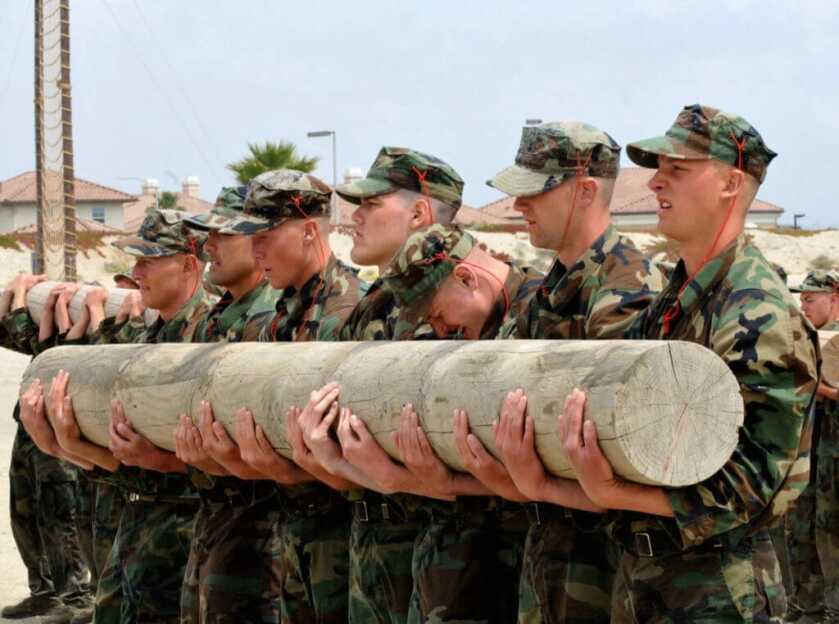
Nowadays it seems every graduate of BUD/S is issued a book deal and a literary agent at the conclusion of Hell Week. I enjoy reading that stuff more than most, but at times it seems the days of the quiet professional working anonymously in the shadows might be a thing of the past. However, if you dig deeply enough you occasionally happen upon stories of daring and elan that are simply amazing in their intensity. One of those tales concerned Norman Poole and spanned six extraordinary weeks in France in the summer of 1944.
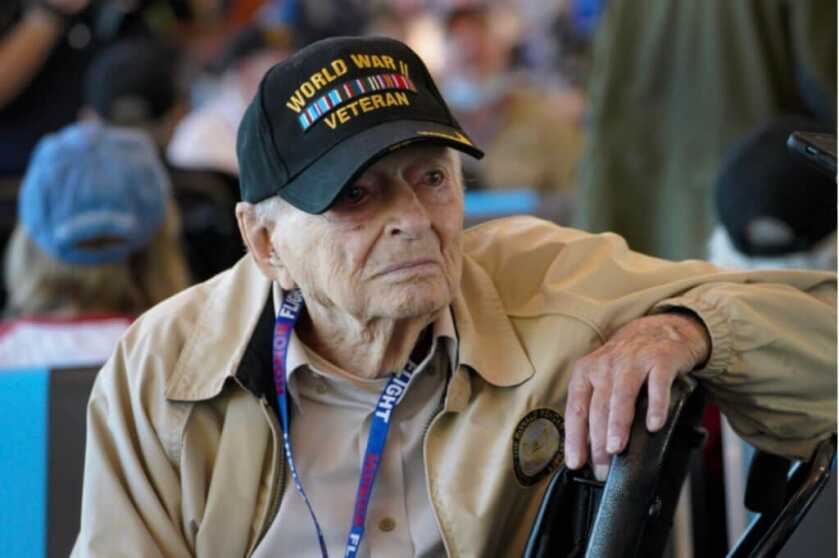
Throughout his life, Norman’s family knew he had served in the British Army during World War 2 but little else. Like many of those old heroes of his generation, he chose not to discuss his wartime service. His children did not find out the details until the very end of his life. When his war finally ended Norman and his mates came home determined to be productive and create things. We are all beneficiaries of their efforts today.
Origin Story:
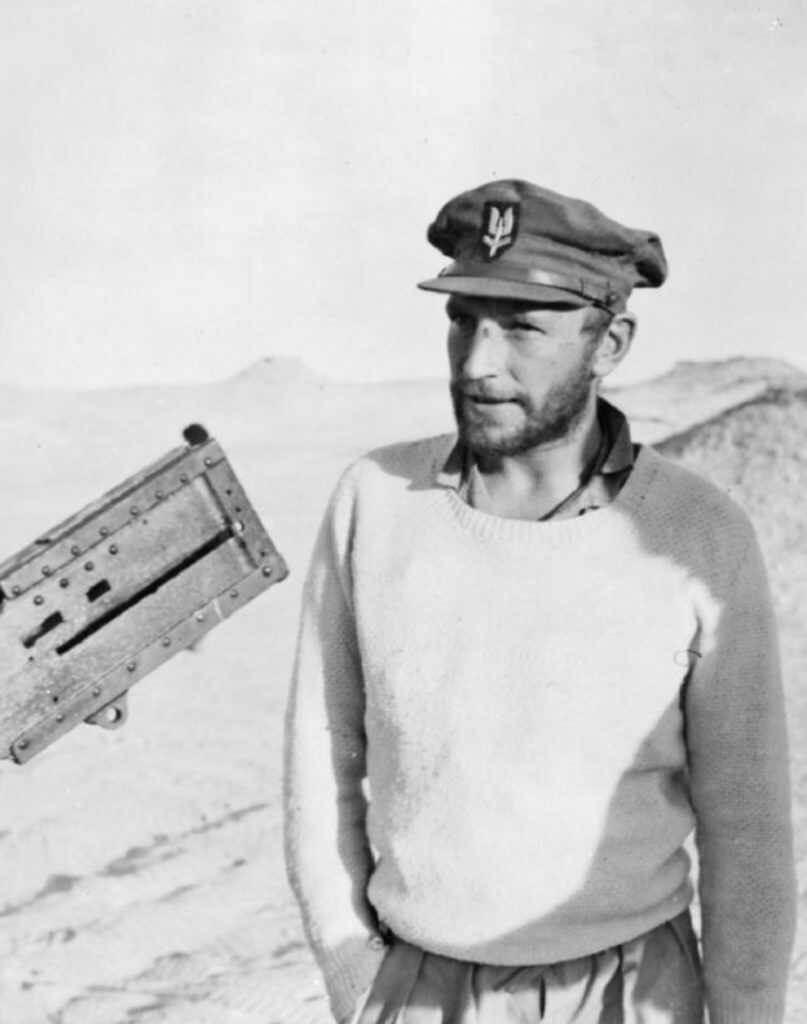
Norman Harry Poole was 24 years old on the eve of D-Day, June 6, 1944. The son of an electrician, he was educated at Peter Symond’s School in Winchester, England. Norman was an accomplished pianist with a gift for languages. Resourceful, tough, and smart, Poole was just the sort of man LTC Paddy Mayne wanted for his fledgling Special Air Service.
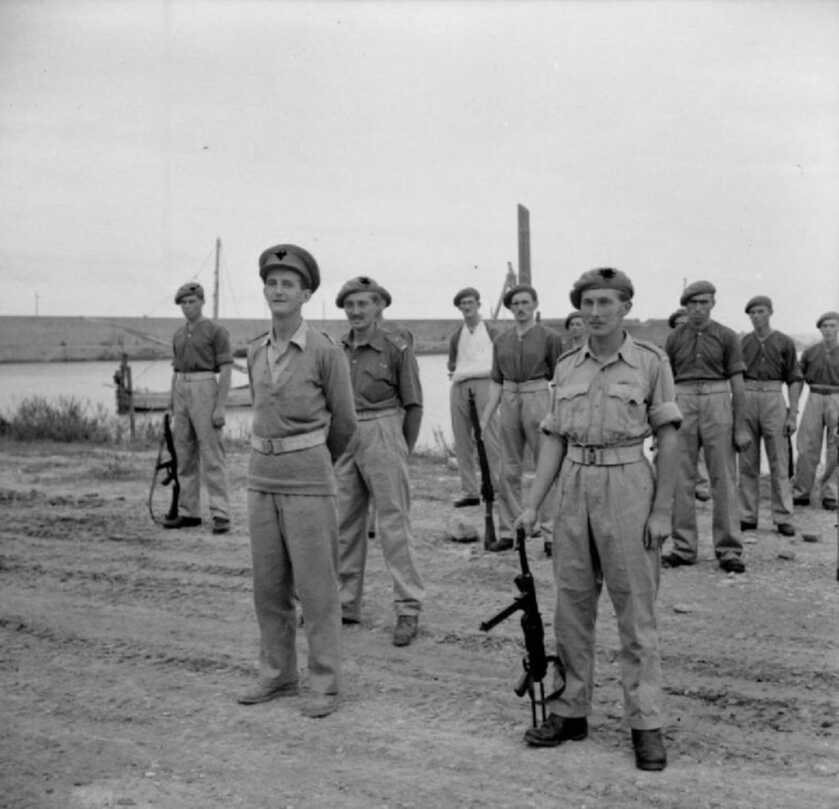
Poole had joined the British Army in 1939 and gravitated toward the hard jobs. He served with the Royal Hampshire Regiment and later as an instructor at the Airborne Depot Battle School at Hardwick Hall, Derbyshire. He was a plank holder in the 1st SAS Regiment. With the invasion of France looming, LT Poole volunteered for one of the most dangerous missions of the war.

The Allied invasion of France was hardly a sure thing. Hitler’s Festung Europa bristled with hardened concrete gun emplacements manned by tens of thousands of Nazi troops. Two Panzer divisions sat coiled in Normandy ready to strike the moment Allied troops set foot on French soil. The Supreme Commander General Dwight Eisenhower even had a speech prepared wherein he took full personal responsibility should the Germans push his invasion forces back into the sea. Today’s military and political leaders don’t seem to be made from such stern stuff.

Operation Overlord was literally without precedent. Never before in human history had such a force attempted such a massive and audacious amphibious invasion. Thousands of paratroopers were to be dropped deep behind enemy lines both by parachute and glider to pave the way for tens of thousands of Allied troops who followed from the sea. Until those two entities could link up and get consolidated, the airborne element, in particular, was horribly vulnerable. Lightly armed and only marginally supplied, those bold paratroopers faced unbelievably long odds. Purposing to distract the Germans and improve the chances of the airborne forces in the opening hours of the assault, the Allies enlisted Rupert.
Deadly Dummies

Rupert was a fake British paratrooper constructed of straw and burlap. The Americans called him Oscar. His official designation was “Device Camouflage No. 15.” Rupert stood about three feet tall and was weighted with sand. When tossed out of Allied aircraft at night under parachutes these weighted straw dummies did a passable job of simulating a massive airborne assault. This overarching effort was titled Operation Titanic.
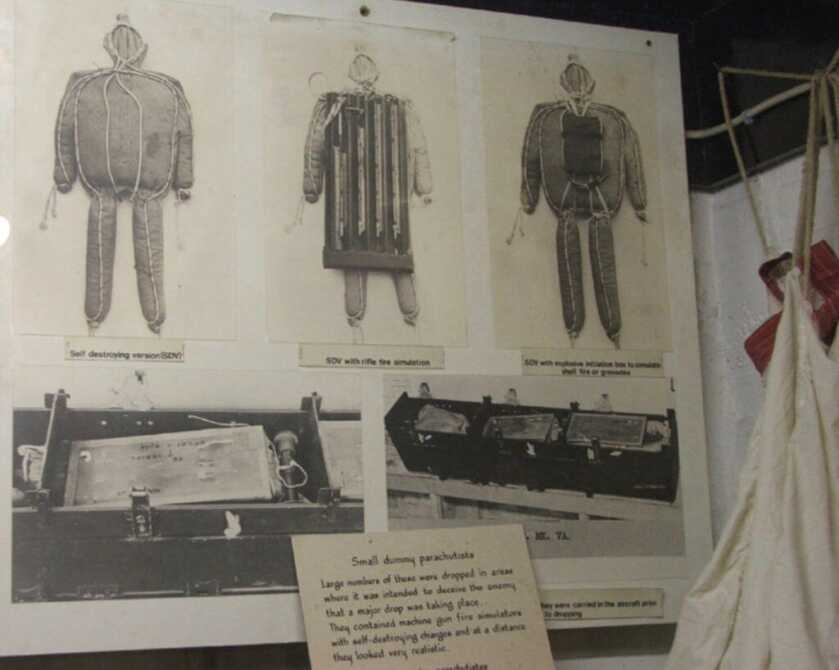
Rupert wasn’t altogether defenseless. He was equipped with something Allied planners called a pintail. This pyrotechnic device went off on impact to simulate the sounds of rifle fire. A small secondary explosive blew up the dummy and ideally set his parachute alight. A total of 400 of these malevolent little guys were dropped out of British Halifaxes, Hudsons, and Stirlings in support of the D-Day assaults.
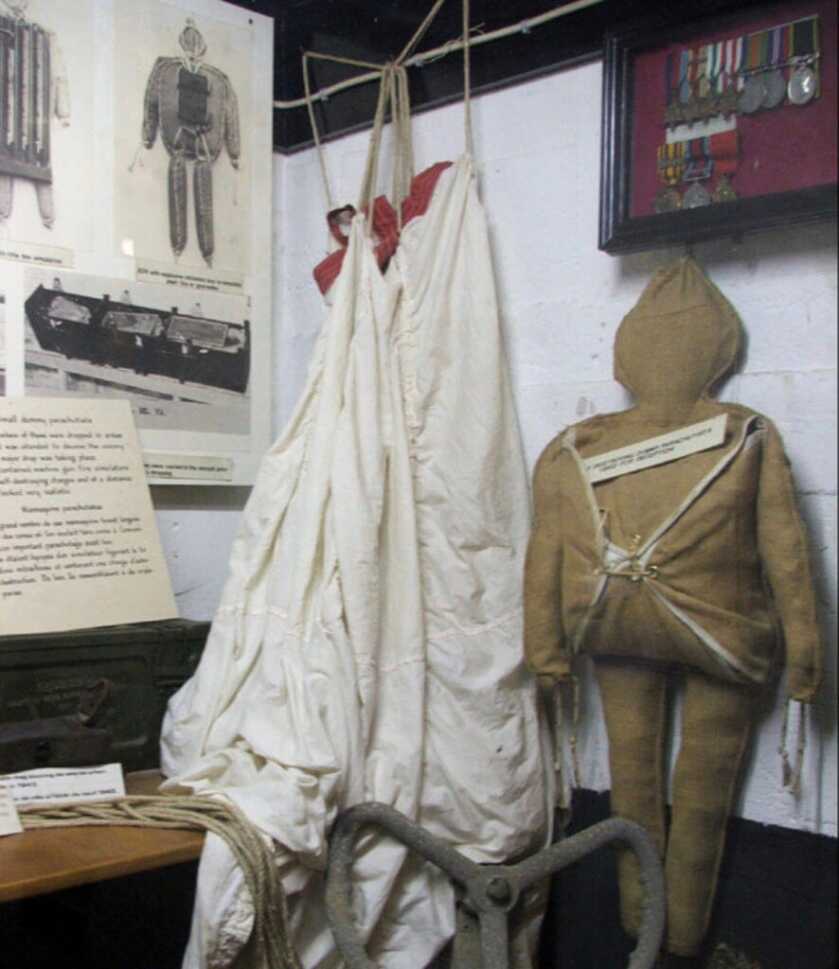
For Rupert to be optimally effective he did require a little adult supervision. For Operation Titanic IV, two hundred Ruperts were dropped near Marigny in the Manche. Accompanying this odd assault force were two SAS teams led by CPT Frederick “Chick” Fowlkes and LT Norman “Puddle” Poole. When LT Poole touched down ten minutes early on French soil at 0020 hours on June 6 he became the first Allied soldier to land in Normandy.

These 12 SAS troops landed with portable gramophones and special amplifiers to create fake battle sounds. Now appreciate the situation here. LT Poole touched down in pitch black darkness 45 miles beyond the nearest friendly British troops and 27 miles from the US 82d Airborne armed solely with a Sten gun, 200 fake paratroopers packed with sand and straw, and a portable record player. What a freaking stud.
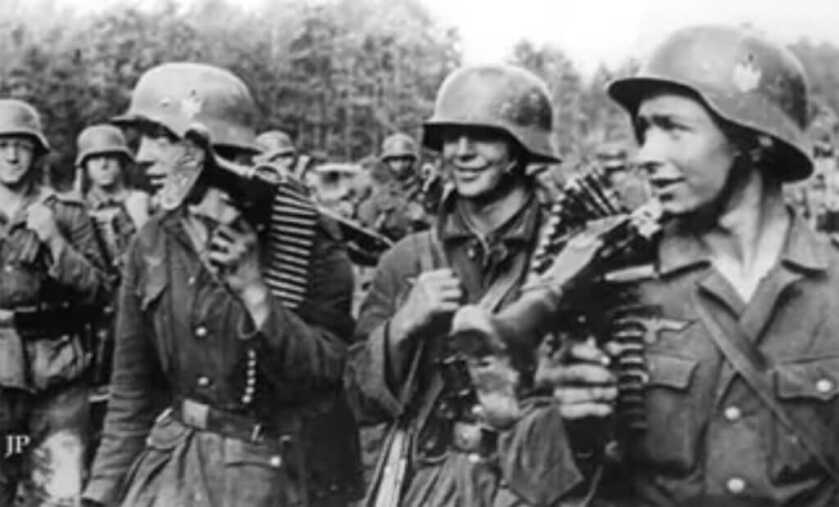
LT Poole’s mission was an unqualified success. Nearly a full German division was deployed to counter Poole’s imaginary paradrop. However, it came at a cost.
Details:
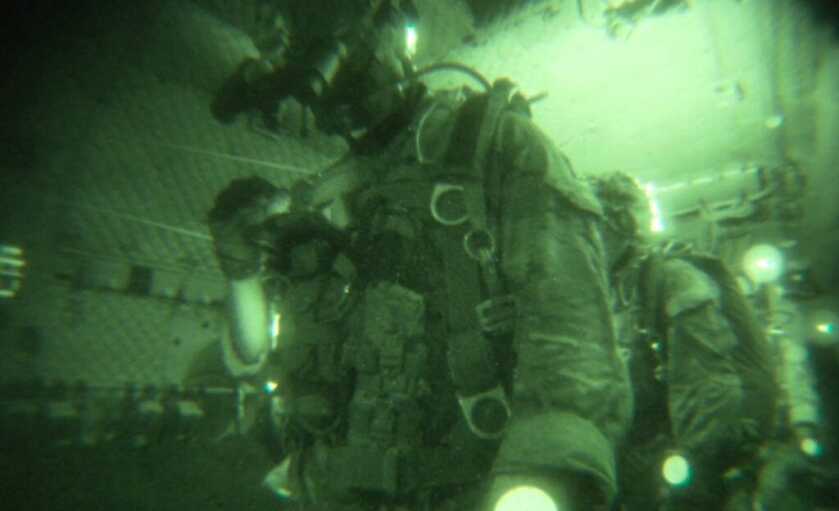
Airborne operations, particularly at night, are dangerous even today. Back in 1944 when jumping at night not from a cargo plane but rather a British heavy bomber, they were frankly terrifying. LT Poole struck his head exiting the aircraft and was knocked unconscious. It was an ignoble way to begin the invasion.

After they got Rupert sorted, LT Poole and the surviving SAS men eventually connected with the French Maquis. Alongside them they sabotaged telephone lines and generally sowed chaos. Eventually Andre Le Duc, a French Underground operator who had assisted Poole and his men, was captured. Before they killed him the Germans learned enough to come after the renegade British commandos. The Nazis dispatched a specially-trained anti-parachute company to track them down.
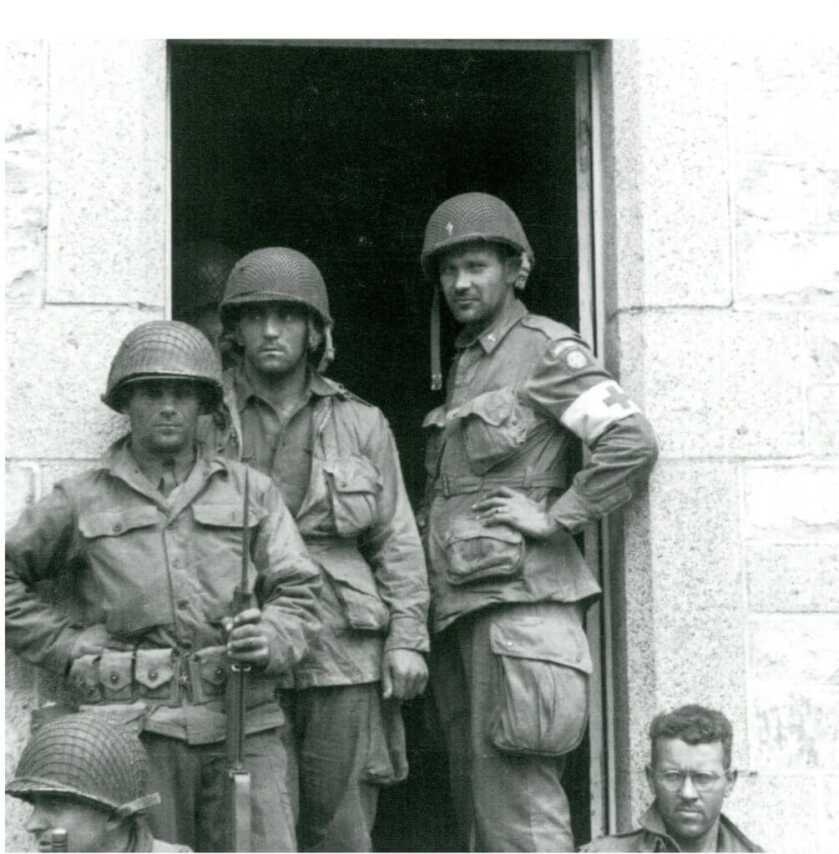
By this point, LT Poole had added four American paratroopers to his unit. They had been captured in the early stages of the invasion but had subsequently escaped. Two of these Yanks were wounded. Poole had personally traversed some five miles through hostile territory to retrieve them. Now perilously low on food and ammunition, LT Poole led his motley posse toward friendly lines. All went well right up until the Allied special operators wandered into a German unit preparing to counterattack the advancing Allied forces.

Poole and company leapt into a ditch and attempted to flee, but the Germans rained down hand grenades. Everyone but LT Poole was badly wounded. Poole made multiple runs across open terrain pulling his wounded into a nearby house under fire. The Germans held out as long as they could but were eventually overrun by the advancing Americans now within earshot of their position.
Things Get Worse…
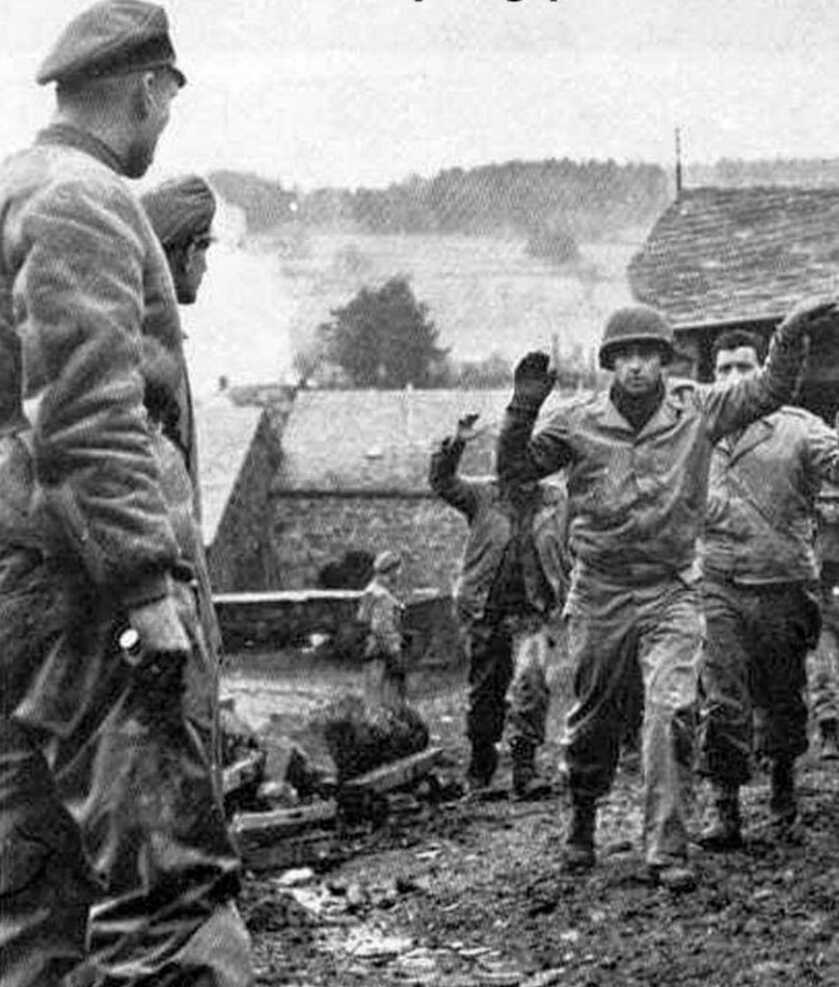
Hitler had previously issued what was called his Commando Order. Stung by the efforts of Allied OSS and SOE operatives fighting an unconventional war behind German lines, Hitler ordered that any captured commandos were to be summarily executed. As a result, the Germans prepared to shoot the highest-ranking officer, CPT Fowlkes. However, LT Poole spoke fluent German and convinced the SS interrogators that they were in actuality members of the Parachute Regiment and not SAS men. The SS troopers spared CPT Fowlkes and placed the captured men on a troop train headed for Germany.

While en route near Chateau Thierry in eastern France, the train was attacked by a British Typhoon fighter. Moments before, LT Poole had agreed to swap places with another captured Allied soldier so the other man could sit beside some of his friends. That entire group perished in the attack. In the aftermath LT Poole was wounded when a substantial fragment of another man’s skull lodged in his knee.

British commandos were not treated well in German captivity. Of the eleven men captured with Poole only he and three others survived the war. When Poole was finally repatriated to England, his commander LTC Mayne castigated him for risking his own life and the mission by rescuing the wounded. Mayne nonetheless still recommended him for the Military Cross. His citation reads in part that LT Poole’s, “Resourcefulness and courage… coolness and clear-mindedness… sustained the other members of his party incalculably…His determination, courage, and leadership were of the highest exemplary value and quality.”
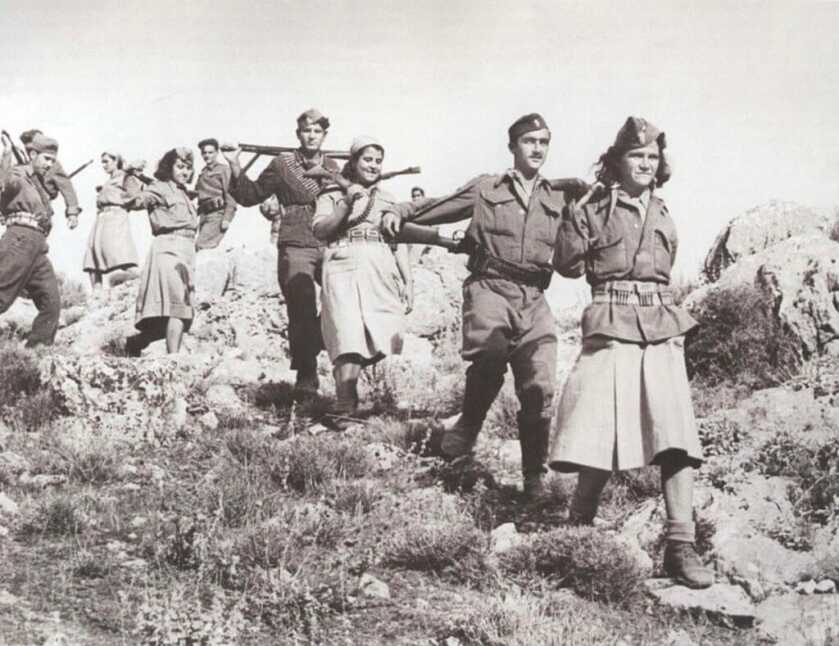
After his release in April of 1945, Poole took a job with MI9, the British Directorate of Military Intelligence, in Greece with the Allied Screening Commission. His mission there was to verify claims and enable compensation in the rural countryside. At the time these areas were bristling with weapons and crawling with criminals, scoundrels, and brigands. As the British Army withdrew in the face of a worsening Greek civil war, now-CPT Poole stayed behind in the Peloponnese. After his release from military service in 1946 Poole took a job as an office boy with the National Provincial Bank. When a former commander saw him in the bank and pointed out his obvious leadership qualities, Poole was made branch manager. This led to a successful lifelong career with the organization.
Denouement
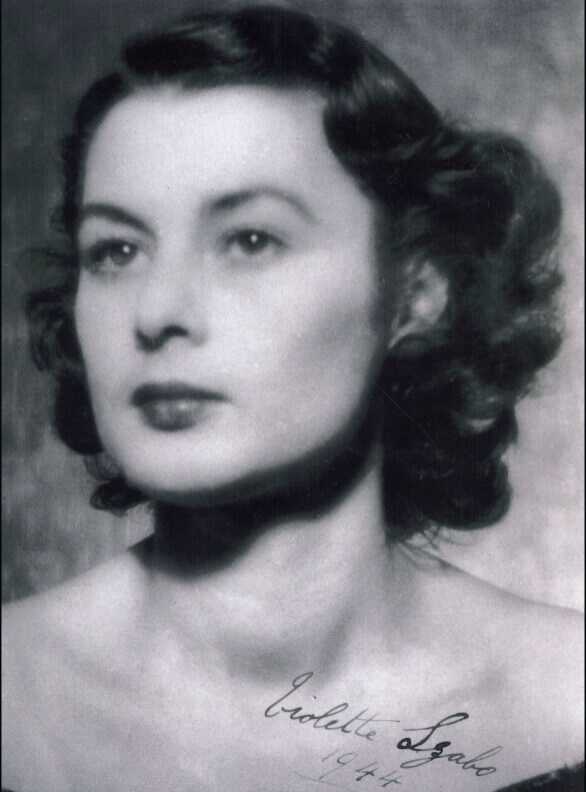
LT Poole’s nighttime assault into Normandy was delayed 24 hours due to weather prior to June 6. While killing time at Hazells Hall near Tempsford airfield on June 4th, he whiled away the evening playing the piano and working jigsaw puzzles with the famed female SOE agent Violette Szabo. We’ll likely explore her extraordinary adventures here later. CPT Norman Poole, the first Allied soldier to set foot on the continent on D-Day, was indeed both a humble warrior and a quiet professional.
***Buy and Sell on GunsAmerica! All Local Sales are FREE!***


Great article once again, but my attention was caught by the photo of the Hawker Typhoon. It is very nostalgic for me because my father was attached to one of the first Typhoon squadrons (257 Squadron of the 2nd TAF) in the RAF when the plane was first introduced. The plane originally was meant to replace the Hawker Hurricane because it had a much bigger Napier Sabre engine (2,260 HP) and could go much faster. The down side was because of the added weight it couldn’t match the ME 109’s in the turns and therefore wouldn’t be a match for them. The RAF wanted to scrap them but according to my father Montgomery interceded because he saw a need for a close support fighter bomber for his armored columns and infantry. The Typhoon was born. Your picture shows an earlier version with a 3 blade propeller and 4 – 20mm Hispano cannons. The plane eventually went to a 4 blade propeller, kept the 4 – 20mm cannons and added 8 under wing 3″ (RP3) rockets. It could also carry 2 – 500lb bombs. After D-Day it was used extensively against German Panzer divisions in France as the rockets could easily tear a Tiger tank apart. My father went over to France on D-Day 26 as soon as airfields suitable enough were captured so he could help prepare them as a base of operations for the Typhoons. He stayed with his squadron as the lead Sergeant mechanic all the way in to Germany until VE Day and was mentioned in dispatches twice receiving 2 oak leaf clusters. Eisenhower lauded the contribution of the Typhoon as the allies advanced all the way into Germany. He never spoke about the war until he was in his seventies and cried when he did. He wrote everything down about his war time experiences and even had a noted WWII aircraft book author Norman Franks edit his notes. My father passed away in London June 12, 2012 at the age of 95. He is still my hero.
This man was a very brave solider in WWII and I know his family and country was very proud of him. I am a Vietnam War Vet. two tours in Vietnam in 1968 and 1969 with the Americal Division 198Th and 196Th Infantry and I was a Grunt and a Tunnel Rat, I was wounder twice and if I had to do it all over again I would for my country. I am now 100% Disable Vietnam War Vet. from that darn agent orange our military sprayed on us when we were in in the jungles because half of the time they didn’t know where we were at.
Enjoyable story but it’s a simpleminded habit to refer to all German soldiers as “Nazis”. I’m sure you know better; they weren’t all Nazis. Field Marshal Irwin Rommel, for one, hated the Nazi party.
As usual Dr. Dabs expertly captures one’s interest and imagination with his extremely skillful literary skill. Thank you Sir!